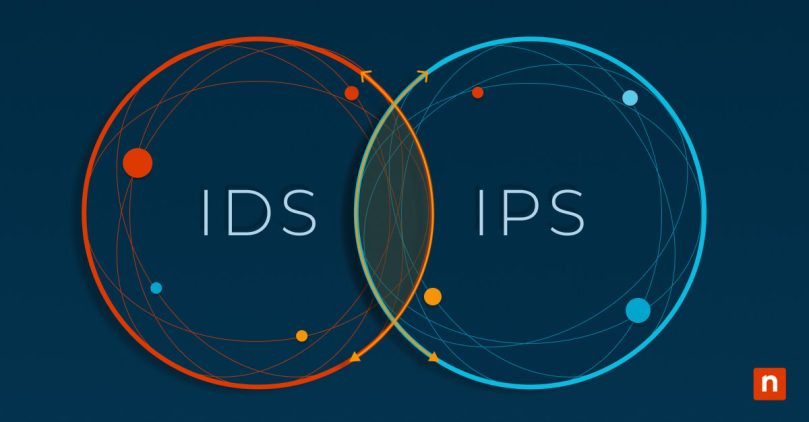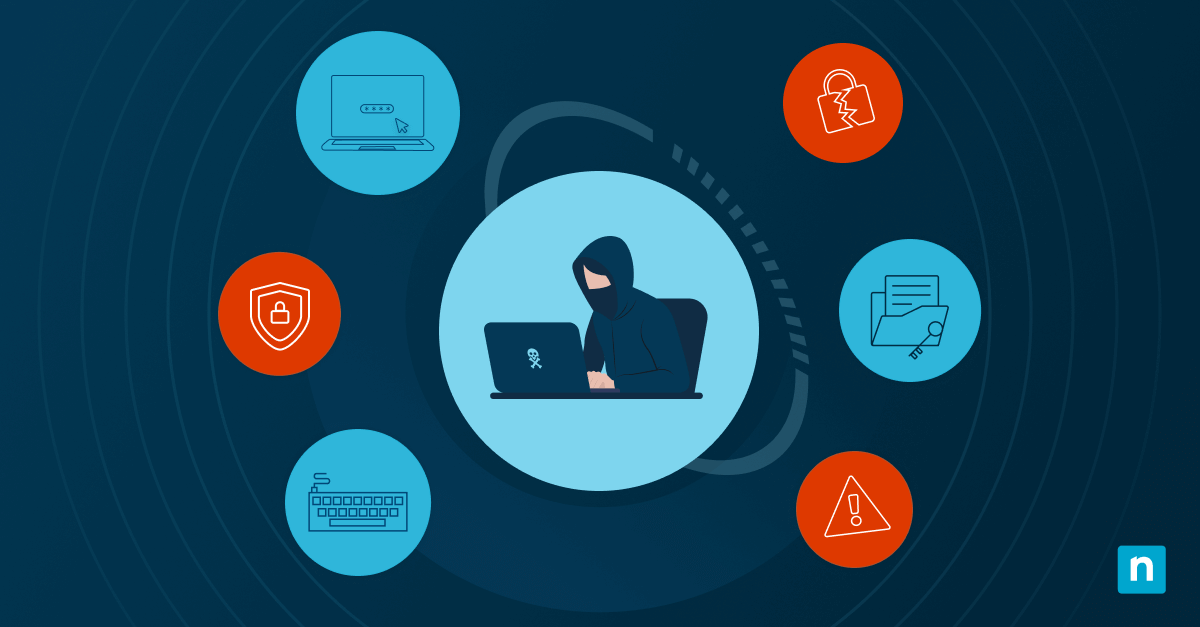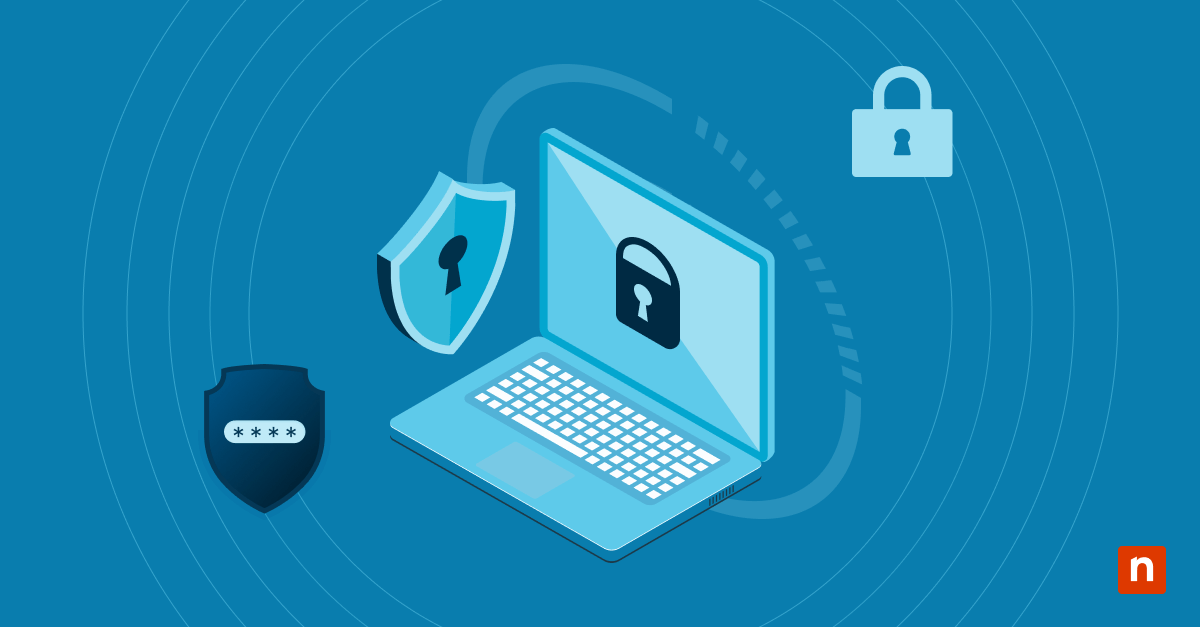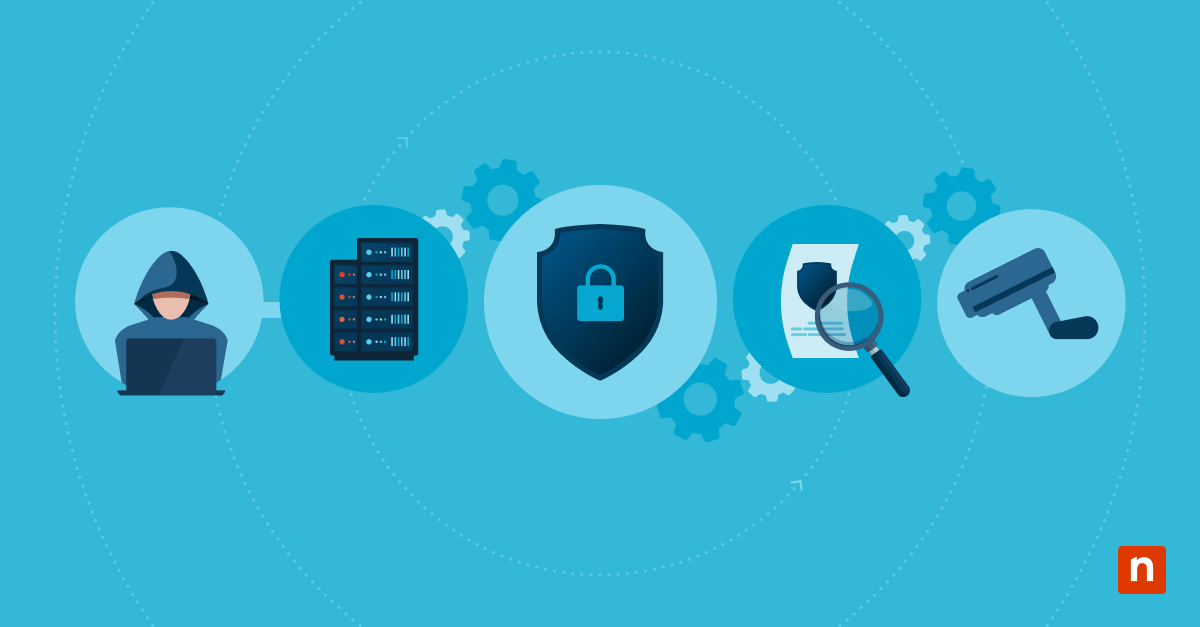In a digital world where information is the most important asset to businesses and individuals alike, securing networks against an ever-increasing volume of cyber threats has become critical to success. As technology advances, so do the methods employed by malicious actors to compromise network security, from malware and phishing attacks to advanced persistent threats. Security breaches can lead to severe consequences, including data breaches, unauthorized access, and service disruptions.
As the attack surface expands, organizations face a constant challenge to protect sensitive information and maintain the integrity of their networks. Intrusion Detection Systems (IDS) and Intrusion Prevention Systems (IPS) play pivotal roles in detecting and mitigating these threats, providing a proactive defense against potential intrusions.
What is an IDS (Intrusion Detection System)?
An Intrusion Detection System (IDS) is a security tool designed to monitor network or system activities for suspicious behavior or policy violations. It identifies potential security breaches by analyzing network traffic, system logs, and other data sources to identify potential security breaches.
The key capabilities of an IDS solution include:
- Real-time monitoring: IDS continuously monitors network traffic in real-time, searching for patterns and anomalies to identify potential threats.
- Alert generation: When suspicious activity is detected, IDS generates alerts or notifications that provide information on the nature of the threat and its potential impact.
- Passive observation: IDS operates in a passive mode, observing and analyzing without actively interfering with network operations.
IDS identifies potential security incidents using two mechanisms – signature-based and anomaly-based:
- Signature-based detection: Compares observed patterns against a database of known attack signatures. This is effective for detecting known threats but may miss new or sophisticated attacks.
- Anomaly-based detection: Establishes a baseline of normal behavior and raises alerts for deviations. This is useful for identifying previously unknown threats but may generate false positives.
What is an IPS (Intrusion Prevention System)?
An Intrusion Prevention System (IPS) extends the capabilities of IDS by actively preventing identified intrusions. While IDS focuses on detection and alerting, IPS takes a proactive approach, intervening to stop malicious activities in real-time.
The key capabilities of an IPS solution include:
- Intrusion blocking: IPS actively blocks or alters network traffic when it identifies malicious behavior, preventing potential threats from reaching their intended targets.
- Automated responses: IPS can automatically respond to detected threats based on predefined security policies, reducing the response time to mitigate potential damage.
- Deep packet inspection: IPS analyzes the content of network packets beyond the header information, enhancing the ability to detect and prevent sophisticated attacks.
IPS actively prevents intrusion using the same two mechanisms as IDS – signature-based, and anomaly-based:
- Signature-based prevention: Blocks traffic that matches known attack signatures, providing a proactive defense against recognized threats.
- Anomaly-based prevention: Monitors for deviations from normal behavior and takes preventive actions, helping to defend against novel and evolving threats.
Differences between IDS and IPS
- Intrusion Detection System (IDS): An IDS functions as a sentry, meticulously monitoring network traffic and system activities for any anomalies or suspicious patterns. Its primary role is to detect potential security breaches, alerting administrators or security teams to investigate and respond to the identified threats. IDS operates in a passive mode, offering valuable insights into ongoing security incidents without directly intervening to block or prevent them.
- Intrusion Prevention System (IPS): Contrastingly, an IPS plays a more active part in the cybersecurity landscape. Operating in real-time, an IPS actively intervenes to thwart potential threats as soon as they are identified. It goes beyond detection, taking proactive measures to block malicious activities and fortify the security posture. By enforcing predefined security policies, an IPS acts as a gatekeeper, preventing unauthorized access, exploits, or other malicious actions from compromising the integrity of the network or systems.
To summarize, IDS observes and reports on potential security issues, where IPS not only detects but also takes immediate action to prevent and mitigate threats in real-time. Both aspects have a part to play in successful cyber security strategy, with the IDS acting as an alert system and the IPS as a frontline defender, collectively fortifying digital environments against evolving cyber threats.
IDS and IPS logs
Both IDS and IPS generate logs capturing critical information about events detected, alerts, and responses. Logs provide a detailed record of network activities, enabling security teams to reconstruct events leading to an intrusion. They also play a crucial role in meeting regulatory compliance requirements by maintaining a documented history of security-related incidents.
These logs are often centralized, providing security analysts with comprehensive network security data.
IDS vs. IPS vs. firewall
IDS, IPS, and firewalls each play distinctive yet interconnected roles, protecting the network against a myriad of threats.
As we have discussed, an IDS monitors and analyzes network traffic and system activities. Its primary purpose is to identify potential security breaches and irregular patterns, sounding the alarm through alerts to security teams. IPS builds on IPS by not only identifying security threats, but also taking immediate action to prevent them in real-time.
A firewall is a control typically found on the boundary between networks, permitting traffic to pass based on a collection of rules. The firewall’s role is to create a secure barrier, allowing or blocking data packets to ensure that only authorized traffic traverses the network.
IDS, IPS, and firewall technologies are available in network-based as well as host-based configurations with network-based solutions being suited to enterprise deployments, and host-based solutions being geared toward the protection of specific systems.
How IDS, IPS, and firewalls complement each other
While a firewall manages the flow of network traffic, the IDS monitors that flow for any suspicious patterns or anomalies. This collaboration ensures a dual-layered defense – one controlling traffic, the other detecting anomalies within it – fortifying overall network security against potential threats.
A firewall can also partner with an IPS that takes proactive measures to prevent identified threats from breaching the network. This configuration offers a comprehensive defense, where the firewall controls the traffic, and the IPS actively intervenes to prevent potential security incidents inside approved network communications routes, creating a formidable security posture.
This network security triad provides a comprehensive defense, with each component playing a vital part in a robust security posture. While the IDS monitors, the IPS proactively defends, and the firewall prevents any extraneous traffic from passing between networks, minimizing the opportunity for malicious actors and enforcing the principle of least privilege.
Conclusion
As organizations respond to an ever-changing threat landscape, choosing the right solution requires a detailed understanding of security requirements.
We have established that IDS is primarily focused on detection and alerting, providing insights into potential security breaches for subsequent analysis. IPS then builds on this passive approach to network security by actively preventing identified intrusions with automated responses based on predefined security policies. When deciding between IDS and IPS, organizations should carefully evaluate their specific security needs, considering factors such as the scale of their network, the nature of their data, and regulatory compliance requirements.
The evolving nature of cyber threats necessitates a dynamic approach to security solutions. Updating security measures and adopting a proactive stance ensure that organizations can effectively defend against the latest cyber threats.
It is important to efficiently monitor network devices to establish what requires protection. For a comprehensive approach to network management and security, explore NinjaOne’s Network Management Software, which provides SNMP and Syslog monitoring in a single pane of glass and offers comprehensive observability as a foundation for successful network security.








